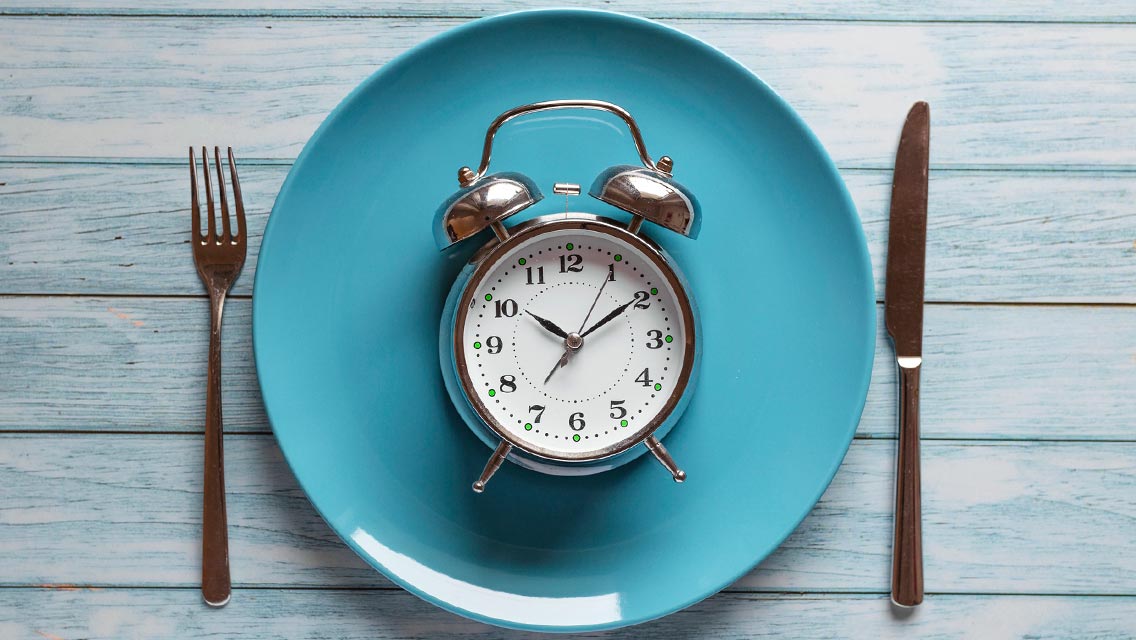Intermittent fasting (IF) is an eating pattern that involves cycling between periods of fasting and eating. There are different variations of intermittent fasting, but -implemented correctly – intermittent fasting makes it easy to get and stay ripped. Intermittent fasting shortens the window to eat and, consequently, you’re able to eat more calorie dense meals.
Common variations of intermittent fasting
16/8 Method (my preferred method)
This involves fasting for 16 hours each day and restricting your eating window to 8 hours. Typically, this means skipping breakfast and consuming all your daily calories within the 8-hour window.
5:2 Diet
In this approach, you eat normally for five days of the week and restrict your calorie intake to around 500-600 calories for two non-consecutive days.
How intermittent fasting helps to get ripped
Aid in fat loss
By restricting your eating window, intermittent fasting can create a calorie deficit, which can promote fat loss. It also helps to stabilize insulin levels, making stored body fat more accessible for energy.
Preserve muscle mass
Intermittent fasting has been shown to preserve lean muscle mass during weight loss, which is essential for a shredded physique. It helps prevent muscle breakdown by increasing growth hormone levels.
Improve insulin sensitivity
Intermittent fasting can enhance insulin sensitivity, which means your body can utilize carbohydrates more effectively. This can result in better blood sugar control, reduced cravings, and improved overall body composition.
Learn more specifics on intermittent fasting.
How I use intermittent fasting to get ripped
Choose a fasting protocol that suits your lifestyle
Determine which fasting schedule works best for you, such as the 16/8 method or 5:2 diet. Experiment and see which one you find the most sustainable. I prefer 16/8 because it provides both rigidness and flexibility to eat whether you’re in your normal routine at home or need to stay shredded while on vacation.
Maintain a nutrient-dense diet
While intermittent fasting can provide flexibility in your eating window, it’s important to focus on consuming nutrient-dense foods. Include lean proteins, whole grains, fruits, vegetables, and healthy fats in your meals to support muscle maintenance and overall health.
Stay hydrated
During the fasting period, make sure to drink plenty of water to stay hydrated and keep hunger at bay. I use a reusable water bottle that helps me keep track of my daily water intake.
Time your workouts strategically
Plan your workouts during your feeding window to ensure you have enough energy for optimal performance. Consuming a pre-workout meal or snack can help fuel your workouts. I typically workout fasted before my eating window starts. I use pre-workout to help with the energy.
Monitor portion sizes and calorie intake
Although intermittent fasting can be flexible, it’s still important to monitor your overall calorie intake. Be mindful of portion sizes and aim for a balanced diet that aligns with your fitness goals.
Remember, it’s essential to consult with a healthcare professional or registered dietitian before starting any new dietary approach, especially if you have any underlying health conditions. They can provide personalized guidance based on your specific needs and goals.

